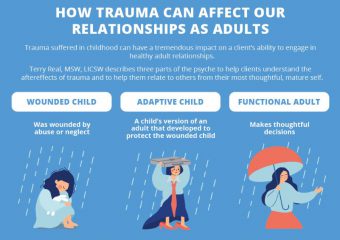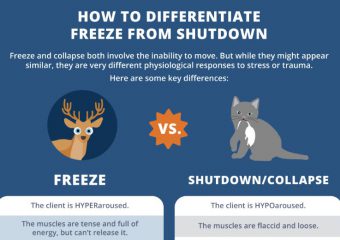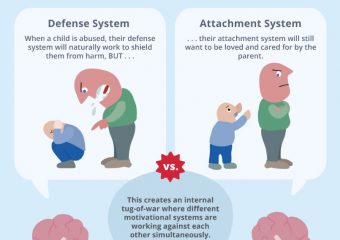What inspires you to give? For me, it started with my dad. When I was a kid he taught me to tithe at least 10% of my twenty five cent allowance each week. That early lesson stayed with me, and it continues to shape NICABM’s finances. So in 2020, we gave away $550,713 to organizations […]
A Reading of “Lockdown” with Peter Levine, PhD
As the pandemic continues and case numbers are on the rise, many people are facing another lockdown during the holiday season – and for a lot of them, feelings of isolation and sadness might be ramping back up. That’s why today, we’d like to share something a little different with you. During an interview a […]
A Simple Exercise to Help Reduce Overwhelming Feelings of Despair with Peter Levine, PhD
As the pandemic continues, it’s not uncommon for clients (and sometimes practitioners) to become overwhelmed by feelings of despair. So in the video below, Peter Levine, PhD, shares a quick, simple exercise that your client can use if they begin to feel overwhelmed by despair. Have a listen. Click here for full transcript […]
Treating Trauma in 141 Countries
Now that we’ve wrapped up the Advanced Master Program on the Treatment of Trauma, I’d like to take a moment to thank you again for tuning in. We believe the leading research and developments on trauma treatment are so important. That’s why we made it our mission to make this program available to as many […]
[Infographic] How Trauma Can Affect Adult Relationships
Left untreated, childhood trauma can reverberate through adult relationships and make it difficult for your client to get close to other people. But Terry Real, MSW, LICSW has a way of thinking about the psyche that can help clients understand the aftereffects of trauma . . . . . . and help practitioners retarget their […]
Treating Trauma: How to Work with the Shame of Moral Injury
When a client experiences a moral injury, the guilt, sadness, and shame that come with it can be debilitating. It can create a deep wound at the center of a person’s identity. So how can you help a client who’s suffering from a moral injury begin to heal? In the video below, Ruth Lanius, MD, […]
[Infographic] How to Differentiate Between the Freeze and Shutdown Trauma Responses
The freeze and shutdown responses to trauma can resemble each other . . . . . . but they are very different in terms of what’s happening in your client’s brain, body, and nervous system. And that means they require different grounding strategies as well. In this infographic, we lay out some key cues to […]
A Mistake Practitioners Might Make When Their Patient Is Stuck in the “Attach/Cry-for-Help” Response
We know fight, flight, and freeze . . . . . . but recently the experts have identified several more defense responses to trauma, including “attach/cry-for-help.” This response is potentially the least understood, and it can be challenging to work with. And according to Kathy Steele, MN, CS, there’s a common mistake that practitioners make […]
A Simple Strategy for Dissociative Clients Who Lose Time
When a client dissociates in session, there are many grounding techniques we can use to bring them back to the present. But what can help clients when they dissociate outside of your office – particularly when they report losing chunks of time? Below, Ruth Lanius, MD, PhD shares a simple yet effective strategy that helps […]
[Infographic] Working with Structural Dissociation
One challenge of working with trauma is when a patient’s dissociated “parts” are operating independently . . . . . . or worse, they’re at odds with each other. This can be very distressing for the patient (and lead to a dysregulated nervous system). But the Structural Dissociation Model developed by Kathy Steele, MN, CS, […]









